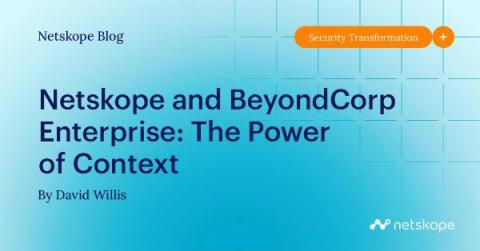Threat Containment: Contain the Threats, Recover the Data
A common mistake made in responding to ransomware is rushing through a recovery only to realize that the recovery point was a compromised copy of the system, and in turn, re-introduces the threat back into the environment. To make matters worse, if a replicated copy were to be recovered at a tertiary site, it might introduce malware into networks that it previously didn’t have access to and further impact business operations.











